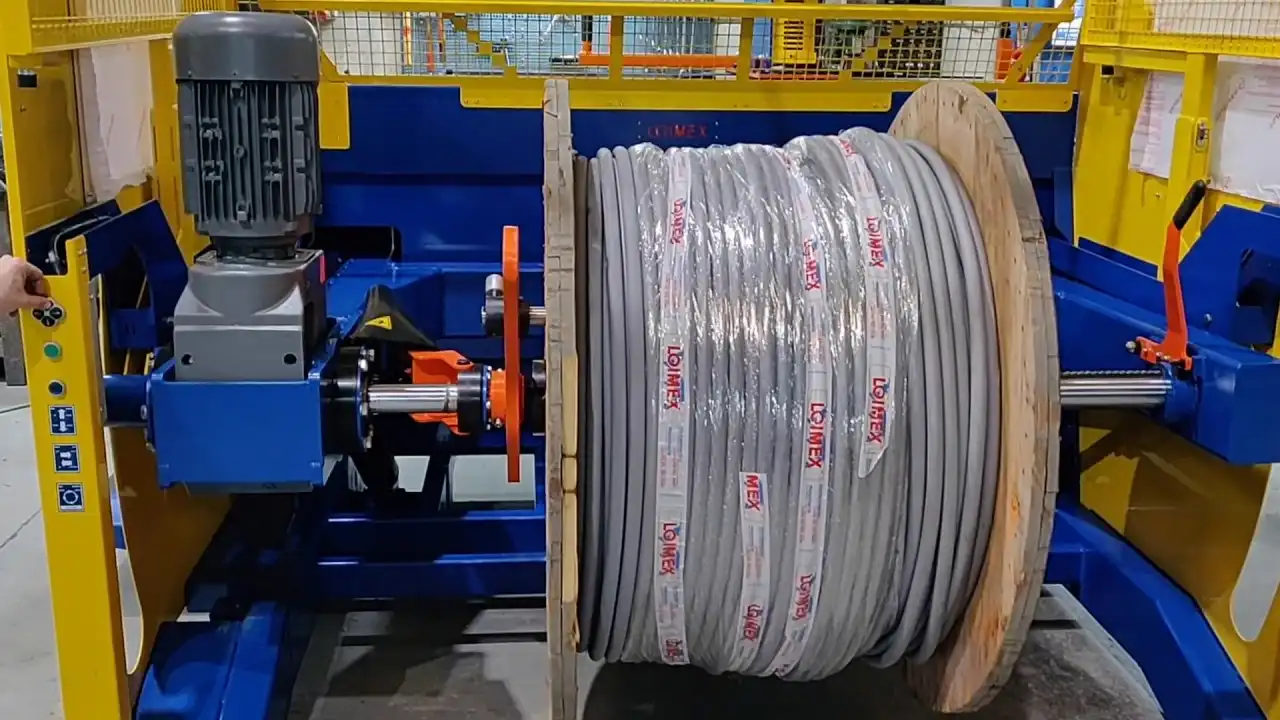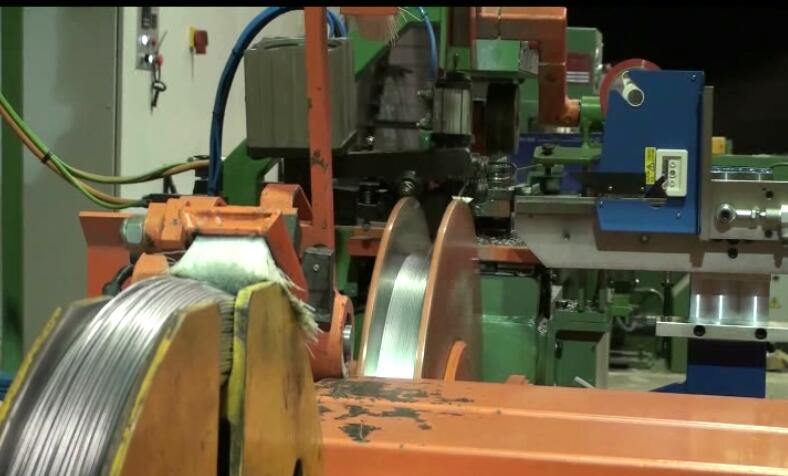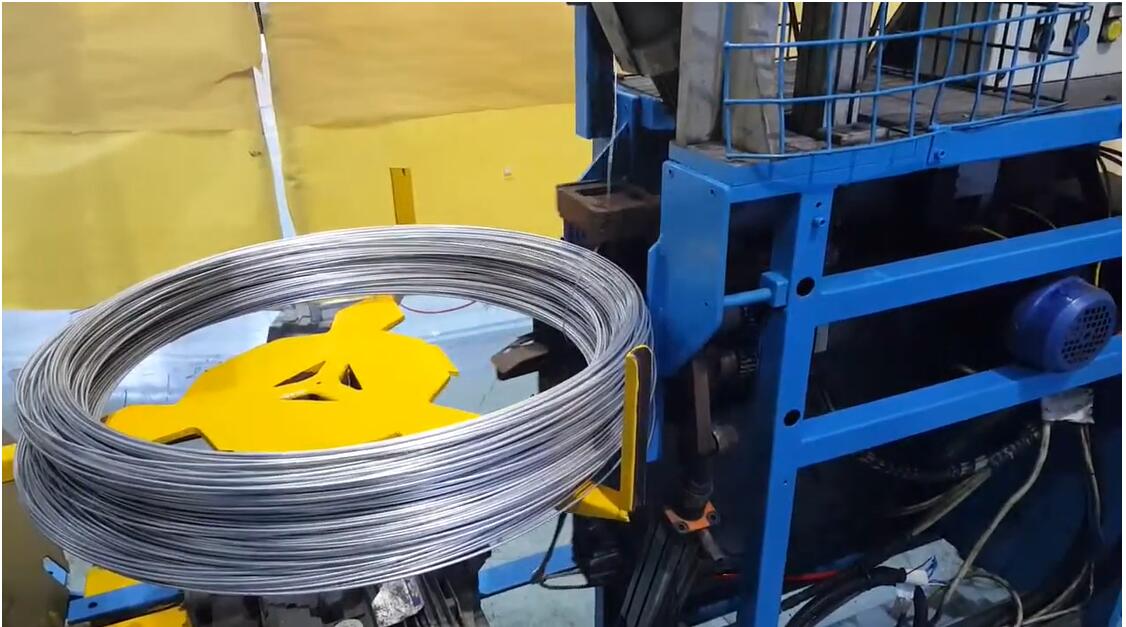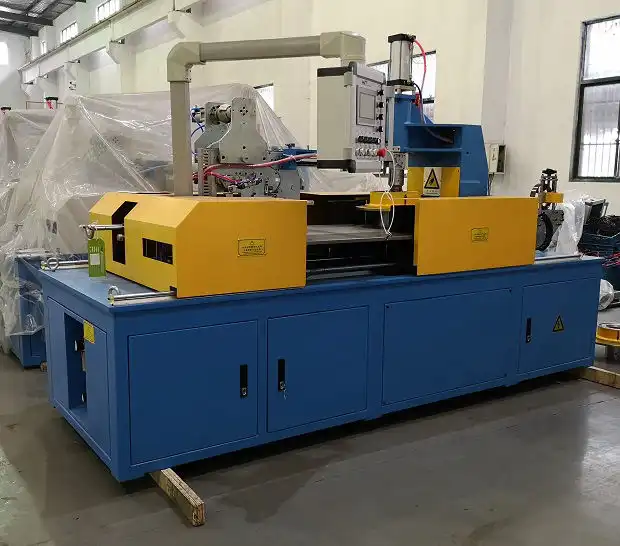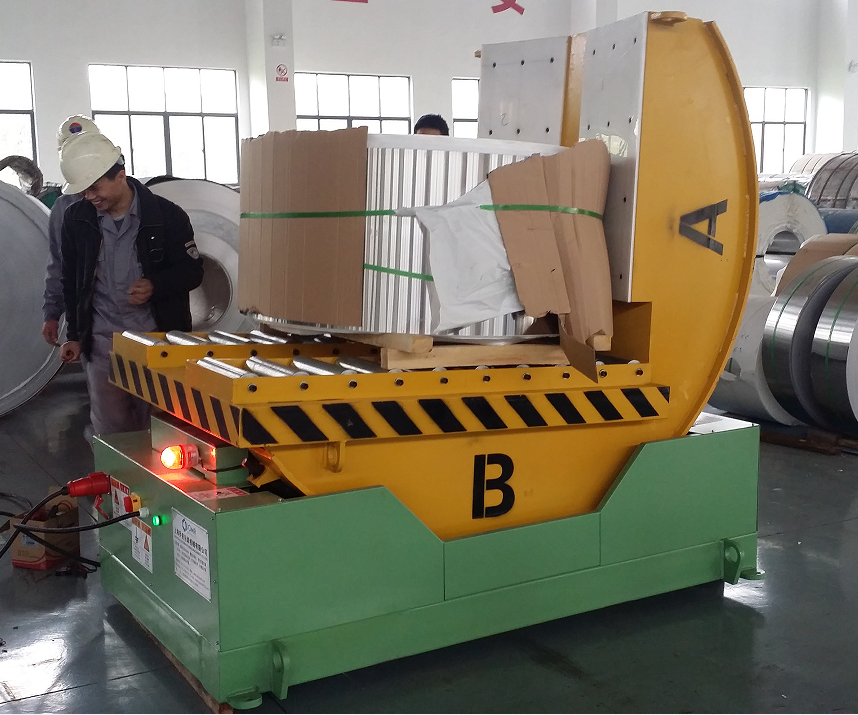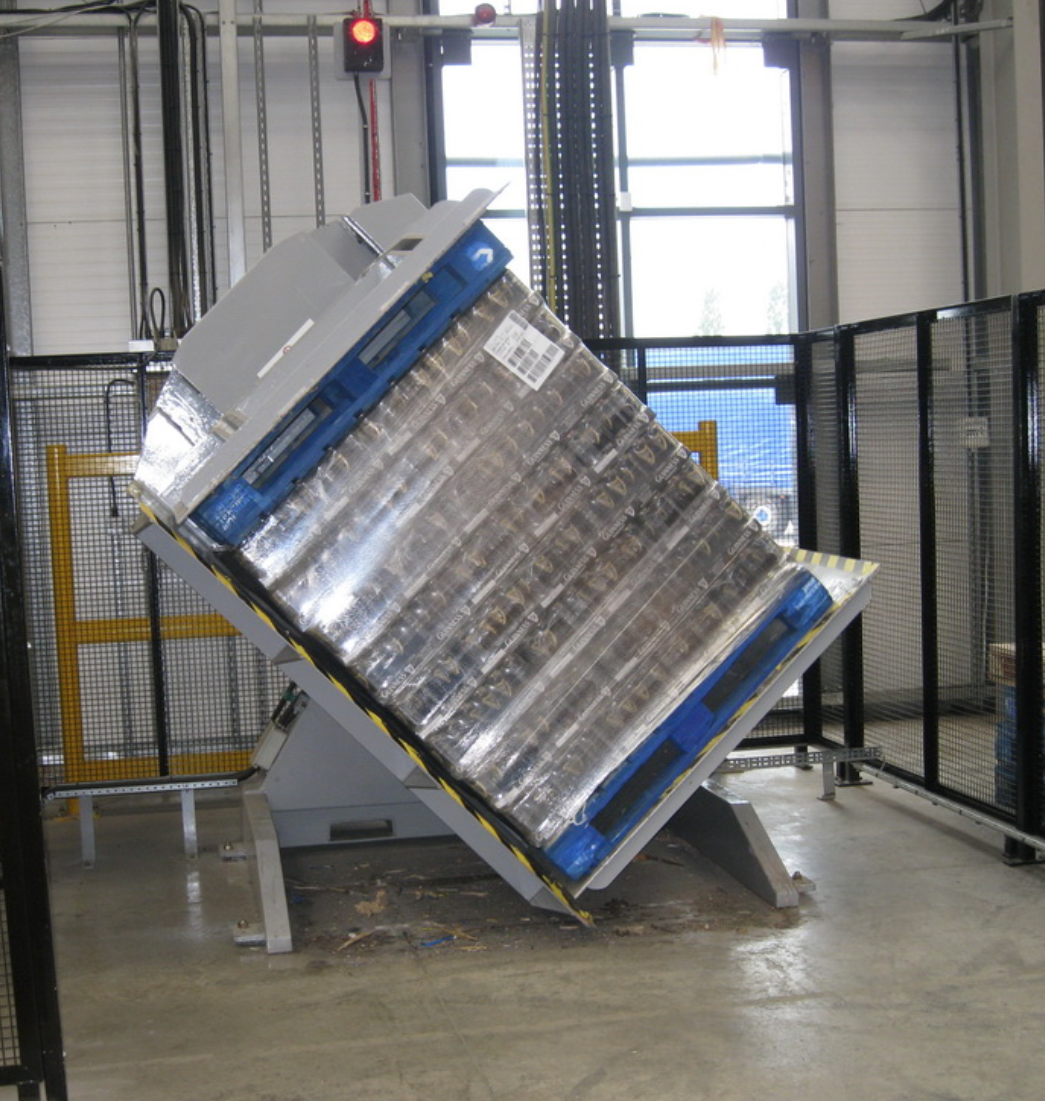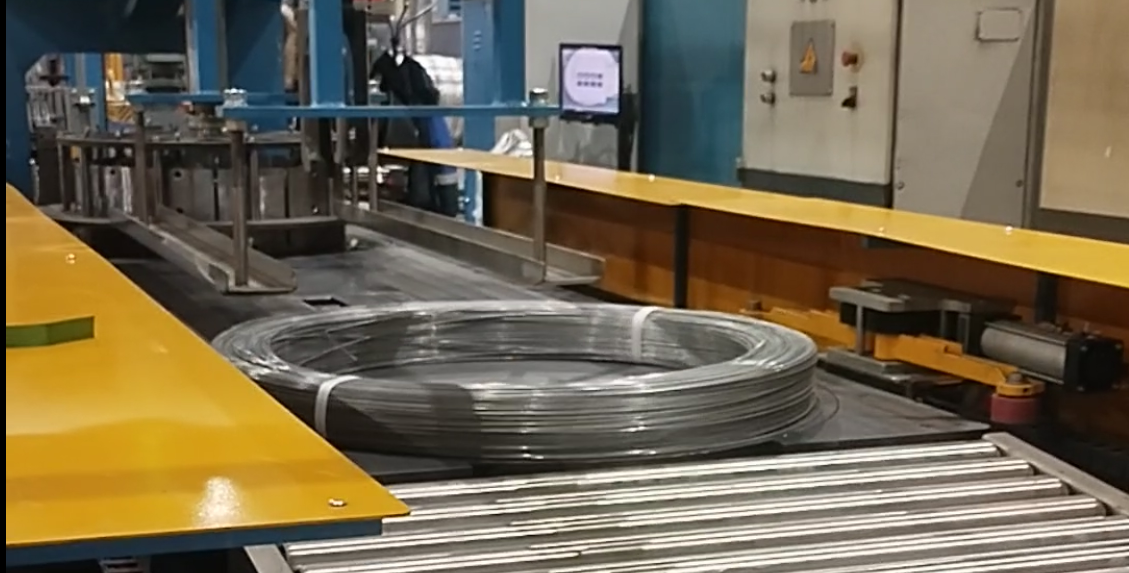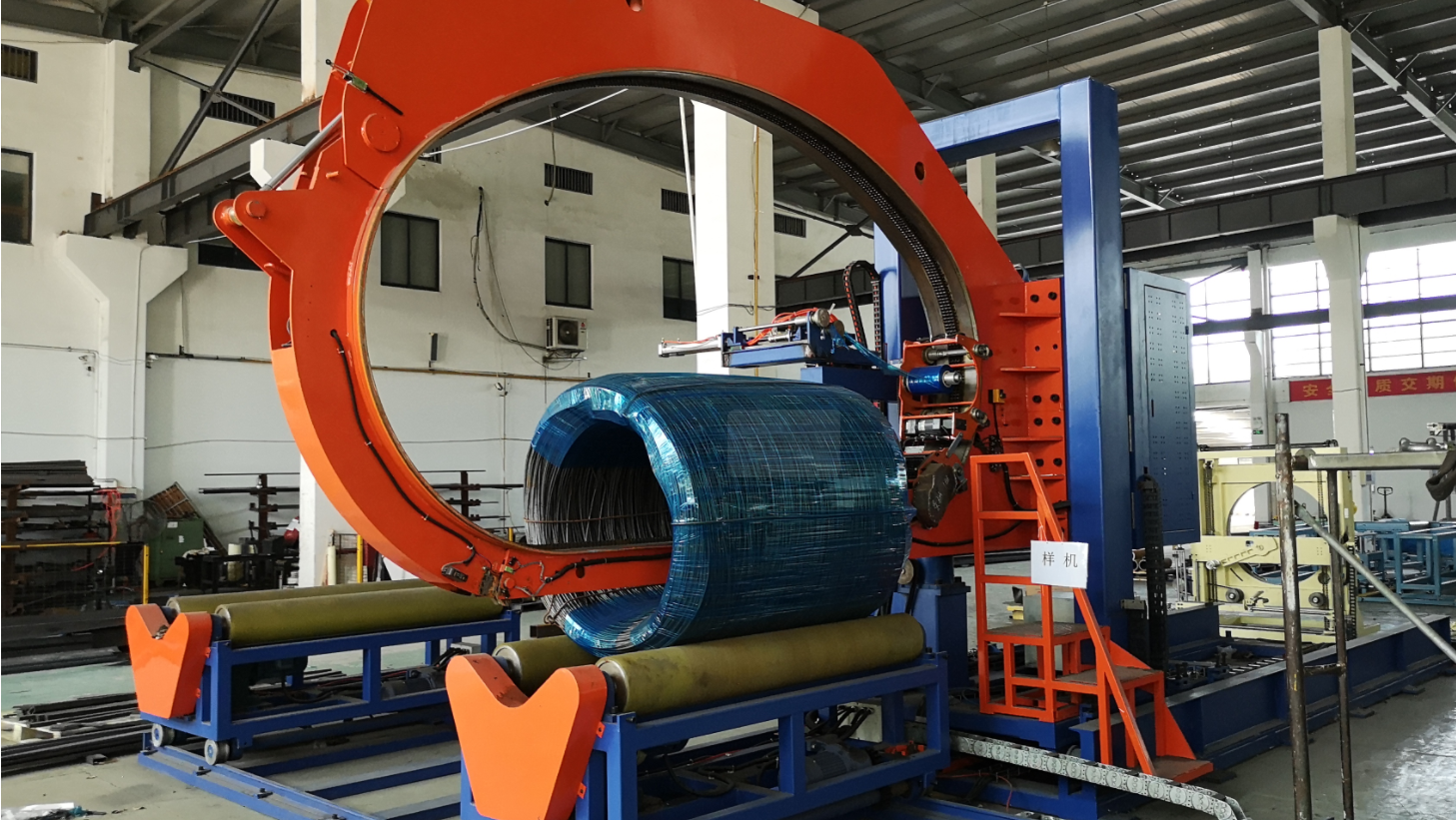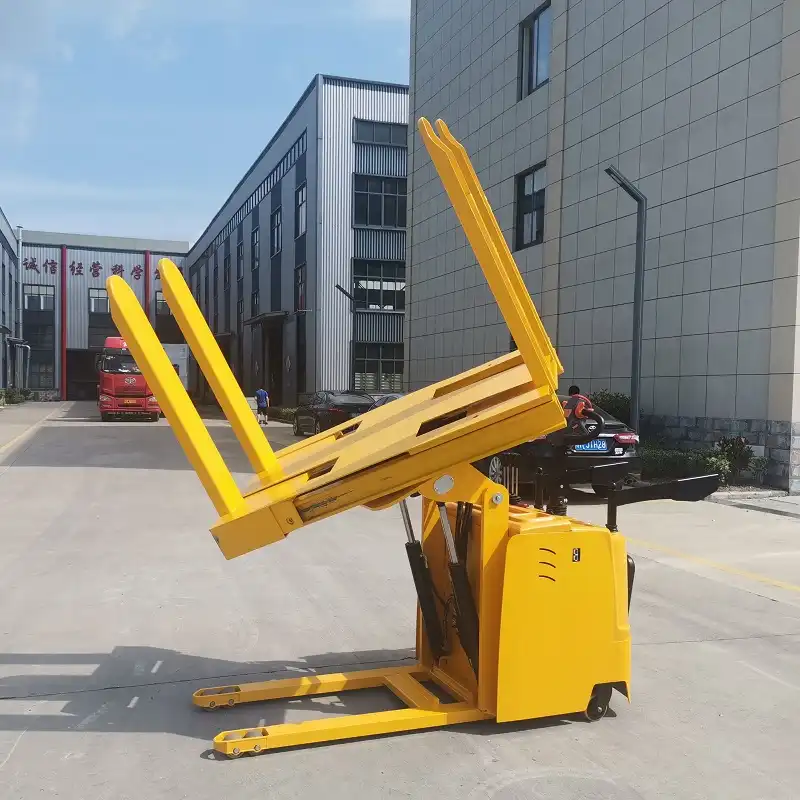Are you struggling to keep up with demand, or unsure if your current coil packaging machinery is truly efficient? Imagine bottlenecks vanishing and production flowing smoothly, directly impacting your bottom line. Understanding your production capacity is the first step to achieving peak performance in your coil packaging operations.
To accurately size your coil packaging machinery, use a production capacity calculator. This tool helps determine the maximum output of your machinery based on factors like cycles per hour, coil diameter range, and desired throughput. By understanding these metrics, manufacturers can optimize their packaging lines for efficiency and meet production goals effectively.
Ready to unlock the secrets to maximizing your coil packaging efficiency? Let’s dive into how a production capacity calculator can revolutionize your operations.

Why Calculating Production Capacity for Coil Packaging Matters
Is your packaging line a well-oiled machine or a source of constant headaches? Manufacturers often face the pain of inaccurate production estimates, leading to missed deadlines and frustrated customers. Calculating production capacity isn’t just about numbers; it’s about gaining control and ensuring your coil packaging machinery works for you, not against you.
Calculating production capacity for coil packaging machinery is crucial for efficient manufacturing. It provides insights into potential output, helps optimize production schedules, accurately estimate lead times for customers, and identify bottlenecks in the packaging process. This data-driven approach ensures resources are used effectively and production goals are realistically set and achieved.
Understanding your production capacity is the bedrock of efficient operations. It allows for data-driven decisions, moving beyond guesswork to a precise understanding of what your machinery can truly deliver.
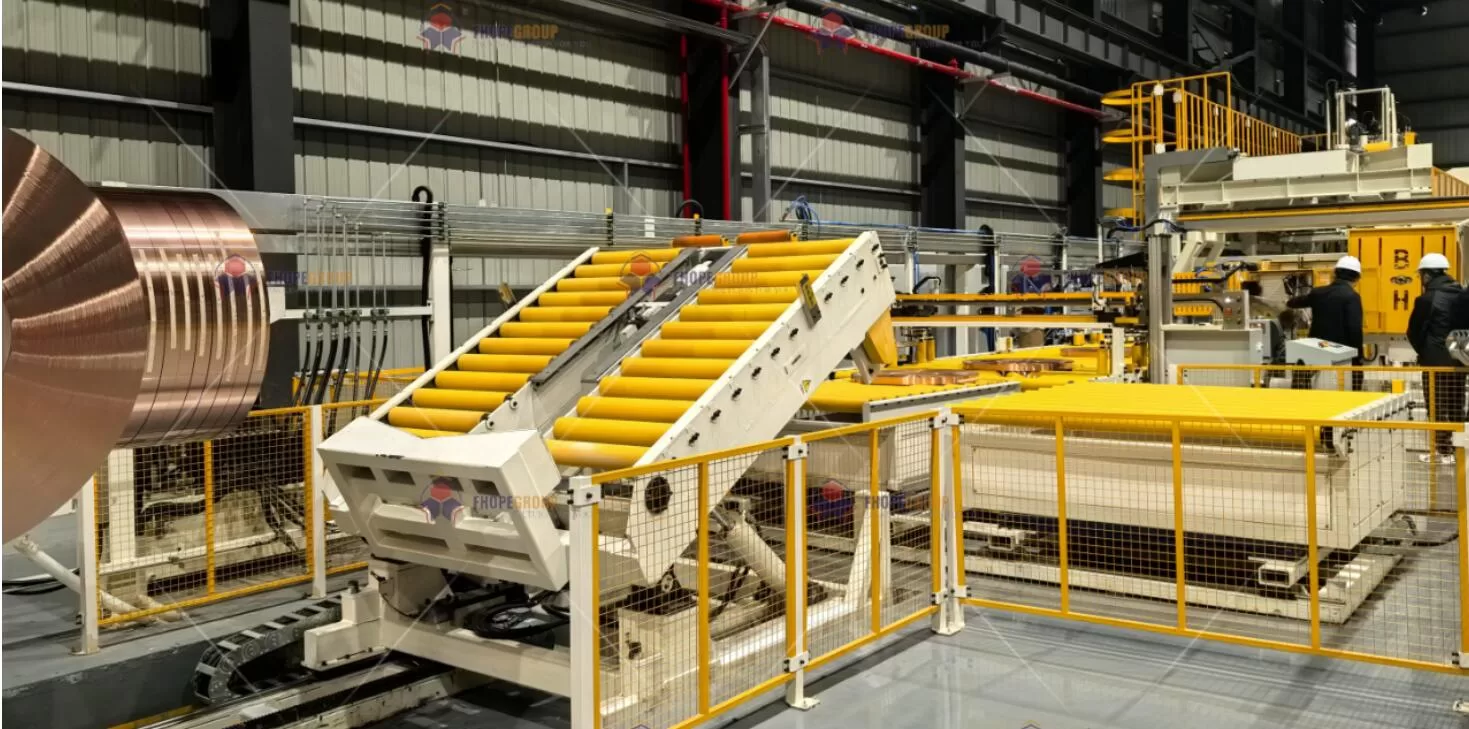
Dive Deeper: The Multi-faceted Benefits of Capacity Calculation
Why is this calculation so vital? Let’s break down the tangible advantages, revealing how understanding production capacity impacts various facets of your manufacturing process:
1. Accurate Production Planning and Scheduling
Without knowing your true capacity, production planning becomes a shot in the dark. Accurate capacity calculation allows for realistic scheduling, ensuring you commit to achievable deadlines and optimize resource allocation. This minimizes rush orders, overtime costs, and production bottlenecks.
2. Reliable Lead Time Estimates and Enhanced Customer Satisfaction
Customers value predictability. Knowing your production capacity allows you to provide accurate lead time estimates. This builds trust, enhances customer satisfaction, and strengthens your reputation for reliability. Conversely, inaccurate estimates lead to delays, dissatisfaction, and potentially lost business.
3. Bottleneck Identification and Throughput Optimization
A production capacity calculator pinpoints bottlenecks in your packaging line. Is it the coiling speed, the wrapping station, or the discharge process? Identifying these constraints allows for targeted improvements, whether through machinery upgrades, process adjustments, or workflow optimization, directly boosting overall throughput.
4. Informed Investment Decisions
Thinking of expanding your packaging line or upgrading machinery? Capacity calculations provide the data to justify these investments. By quantifying your current capacity and projecting potential gains from new equipment, you can make informed decisions ensuring optimal ROI and avoiding unnecessary capital expenditure.
5. Performance Benchmarking and Continuous Improvement
Production capacity serves as a crucial benchmark. By tracking capacity over time and comparing it against industry standards or internal goals, you can identify areas for improvement and measure the impact of implemented changes. This data-driven approach fosters a culture of continuous improvement and operational excellence.
To illustrate the impact, consider this simplified example comparing two packaging line configurations:
| Feature | Line Configuration A | Line Configuration B | Impact of Capacity Calculation |
|---|---|---|---|
| Cycles per Hour (Max) | 20 | 25 | Line B offers a 25% higher potential output. |
| Coil Diameter Range | 500-1200mm | 300-1500mm | Line B is more versatile, handling a wider range of coil sizes. |
| Theoretical Capacity (8hr Shift) | 160 Coils | 200 Coils | Capacity calculation highlights a potential 40 coil difference per shift. |
| Actual Output (Avg) | 120 Coils | 180 Coils | Reveals Line B’s superior efficiency in real-world operation. |
This table demonstrates how capacity calculation moves beyond theoretical maximums to reveal practical operational differences, guiding strategic decisions for improvement and investment. Ignoring capacity calculation is akin to navigating without a map – you might reach your destination, but the journey will be inefficient, unpredictable, and potentially fraught with unnecessary obstacles.
Key Factors That Influence Coil Packaging Production Capacity
What dictates how many coils your packaging line can handle? It’s not just about machine speed; multiple interconnected factors shape your overall production capacity. Ignoring these factors can lead to inaccurate capacity estimations and hinder optimization efforts.
Several key factors influence the production capacity of coil packaging machinery. These include the cycles per hour the machine can achieve, the range of coil diameters and widths it can handle, the efficiency of material handling systems, the speed of wrapping and strapping processes, and the frequency of downtime for maintenance and changeovers. Optimizing these factors is essential to maximize throughput.
Let’s explore the critical elements that determine your coil packaging machinery’s true potential.
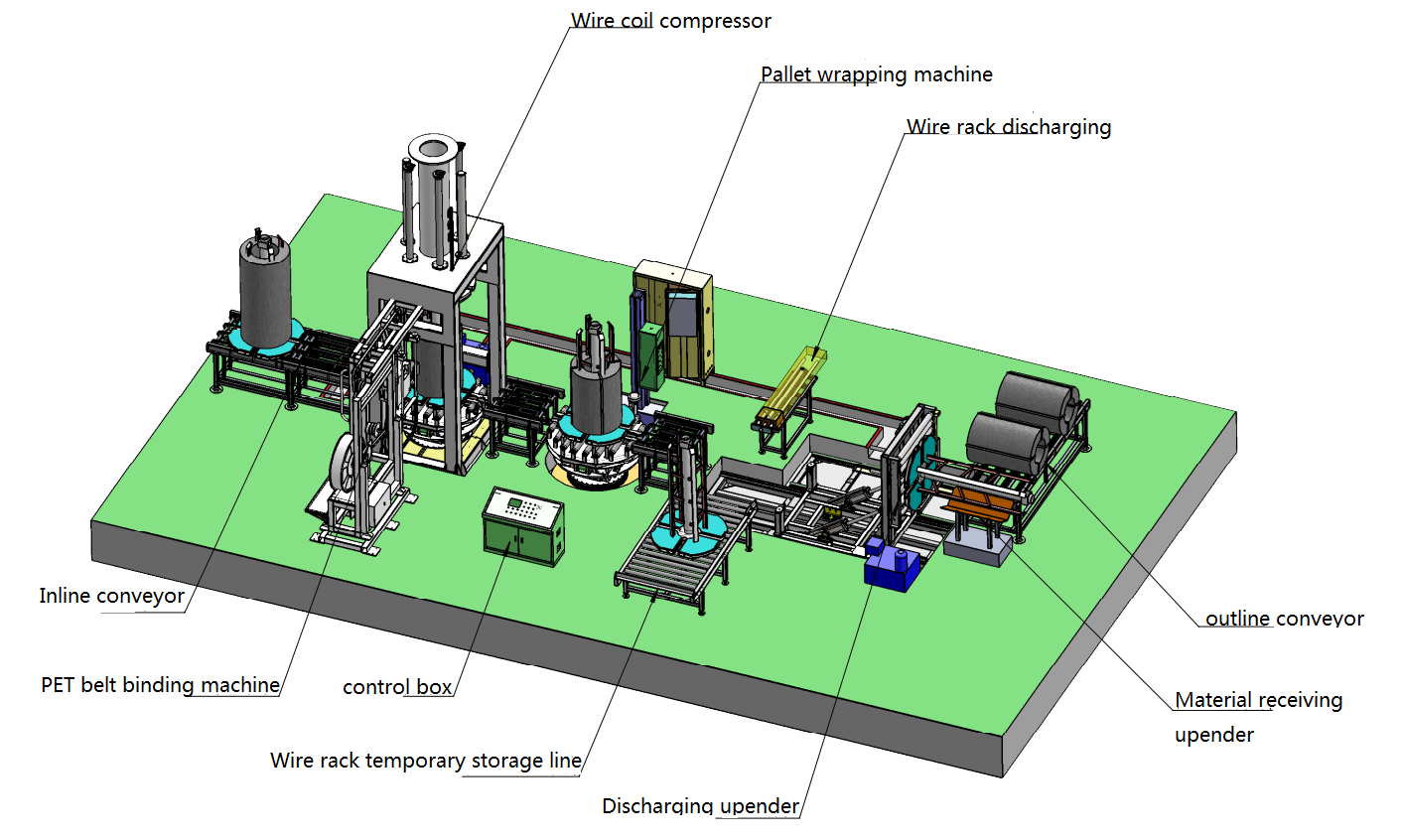
-
Cycles Per Hour: The Heartbeat of Your Line
Cycles per hour (CPH) represents the theoretical maximum number of coils your machinery can package in a 60-minute period. This is often the headline specification, but it’s crucial to understand this is an ideal figure. Real-world CPH is always lower due to various factors. However, a higher CPH capability provides a greater potential for throughput, especially when bottlenecks elsewhere are addressed. Consider machines with adjustable CPH to accommodate different product types and packaging requirements.
-
Coil Diameter and Width Range: Versatility is Key
Your machinery’s ability to handle a wide range of coil diameters and widths directly impacts its versatility and, consequently, its capacity. A narrow range limits you to specific coil sizes, potentially requiring multiple packaging lines for diverse product portfolios. Look for machinery that offers a broad and adaptable range to minimize changeovers and maximize uptime when switching between different coil dimensions. This flexibility translates to higher overall capacity by reducing downtime and streamlining production flow.
-
Material Handling Efficiency: Streamlining the Flow
The efficiency of your material handling systems – conveyors, manipulators, and feeding mechanisms – is paramount. Slow or inefficient material handling becomes a significant bottleneck, even with high CPH machinery. Automated and integrated material handling systems ensure a smooth and continuous flow of coils into and out of the packaging stations. Optimizing this aspect minimizes delays between packaging cycles and maximizes the utilization of your core packaging machinery, leading to a substantial increase in throughput.
-
Wrapping and Strapping Speed: The Packaging Pace
The speed of the wrapping and strapping processes is a direct determinant of cycle time. Faster wrapping and strapping mechanisms reduce the overall packaging cycle duration, directly increasing CPH. However, speed must be balanced with quality and security. High-speed systems must ensure consistent and reliable wrapping and strapping to prevent damage during handling and transit. Investing in advanced wrapping and strapping technologies that offer both speed and reliability is crucial for maximizing capacity without compromising product integrity.
-
Downtime and Changeover Frequency: Minimizing Interruptions
Downtime, whether for scheduled maintenance or unscheduled breakdowns, directly reduces production capacity. Similarly, frequent changeovers between coil sizes or packaging configurations lead to significant lost production time. Machinery designed for ease of maintenance, quick changeovers, and robust reliability is essential. Implementing preventative maintenance schedules and standardized changeover procedures minimizes downtime and maximizes the time your machinery is actively packaging coils, significantly contributing to higher overall capacity.
By carefully considering and optimizing each of these factors, manufacturers can move beyond simply looking at headline CPH figures and gain a holistic understanding of their coil packaging machinery’s true production capacity and identify the levers for significant improvement.
Calculating Your Coil Packaging Machinery’s Production Capacity: A Step-by-Step Guide
Ready to crunch the numbers? Calculating production capacity might seem daunting, but with a structured approach, it becomes a straightforward process. A production capacity calculator simplifies this, but understanding the underlying calculations empowers you to interpret the results and identify areas for improvement.
To calculate coil packaging machinery production capacity, determine the machine’s cycles per hour (CPH), the number of operational hours per shift, and the machine’s efficiency rate (expressed as a percentage). The formula is: Production Capacity = CPH x Operational Hours per Shift x Efficiency Rate. This provides a realistic estimate of the machinery’s output per shift.
Let’s break down the calculation, providing a practical framework for assessing your machinery’s potential:
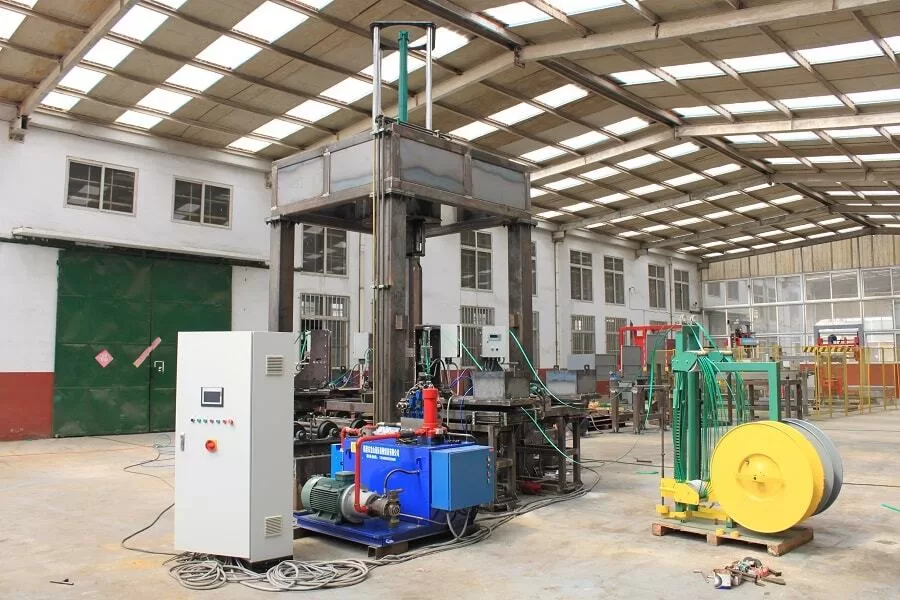
Decoding the Formula and its Components
The core formula is simple:
Production Capacity = Cycles per Hour (CPH) x Operational Hours per Shift x Efficiency Rate
However, accurately determining each component is key to a realistic capacity estimate. Let’s dissect each element:
1. Cycles Per Hour (CPH): Establishing the Baseline
- Manufacturer Specifications: Start with the manufacturer’s stated CPH for your machinery. This is the ideal maximum under optimal conditions.
- Practical Observation: Observe your machinery in operation over a representative period (e.g., one hour). Count the actual number of coils packaged. This provides a more realistic baseline CPH, accounting for minor, inherent inefficiencies.
- Averaging: For a more robust CPH figure, average your practical observations over several hours or shifts. This smooths out short-term fluctuations and provides a more representative average CPH for your specific operating environment.
2. Operational Hours Per Shift: Accounting for Real-World Time
- Scheduled Shift Length: Determine the total scheduled hours per shift (e.g., 8 hours).
- Deduct Break Times: Subtract scheduled break times (lunch, tea breaks, etc.).
- Planned Downtime: Factor in planned downtime for routine maintenance, cleaning, and short planned stops. This is crucial for a realistic operational hours figure. The result is your net operational hours per shift.
3. Efficiency Rate: Bridging the Gap Between Ideal and Actual
- Historical Data: Analyze historical production data. Compare actual output (coils packaged) against theoretical output (CPH x Net Operational Hours) over past shifts or weeks.
- Efficiency Calculation: Efficiency Rate = (Actual Output / Theoretical Output) x 100%. This percentage reflects the real-world efficiency of your packaging line, accounting for all forms of downtime, bottlenecks, and process variations.
- Benchmarking: Compare your calculated efficiency rate against industry benchmarks for similar coil packaging operations. This identifies areas where your efficiency is lagging and highlights potential for improvement.
Example Calculation:
Let’s say you have a coil packaging line with:
- Manufacturer CPH: 25 cycles/hour
- Net Operational Hours per Shift: 7 hours (8-hour shift minus breaks and planned downtime)
- Historical Efficiency Rate: 80%
Production Capacity = 25 CPH x 7 Hours x 80% = 140 Coils per Shift
This calculation provides a much more realistic capacity estimate (140 coils/shift) compared to simply using the ideal CPH and the full 8-hour shift (25 CPH x 8 Hours = 200 coils/shift), which overestimates your true output.
By meticulously determining each component of the formula, you gain a powerful tool – a realistic production capacity figure that accurately reflects your coil packaging machinery’s performance in your specific operational context. This data-driven insight is essential for effective planning, optimization, and strategic decision-making.
Optimizing Throughput: Strategies to Maximize Your Coil Packaging Capacity
Calculating capacity is only the first step. The real value lies in using this knowledge to optimize your throughput and squeeze every ounce of efficiency from your coil packaging machinery. Maximizing throughput translates directly to increased output, reduced costs, and improved profitability.
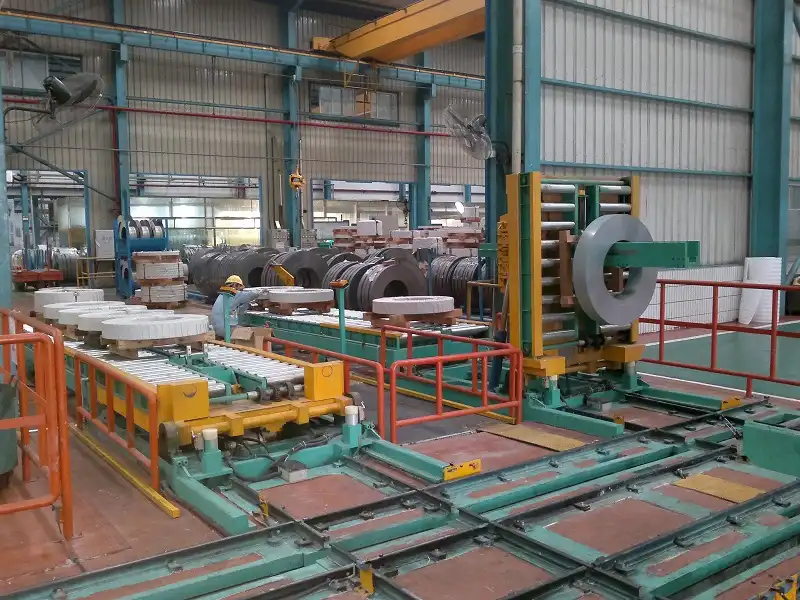
To optimize throughput, focus on minimizing downtime, improving material flow, streamlining changeovers, and enhancing operator training. Regular maintenance, automation of material handling, quick changeover procedures, and skilled operators are key strategies to maximize the cycles per hour and efficiency rate of coil packaging lines, leading to significantly higher production capacity.
Here are actionable strategies to unlock your coil packaging line’s full potential:
-
Minimize Downtime Through Proactive Maintenance
Downtime is the enemy of throughput. Implement a rigorous preventative maintenance schedule. Regular inspections, lubrication, timely component replacements, and proactive servicing minimize breakdowns and unscheduled stops. Track downtime incidents to identify recurring issues and address root causes. A well-maintained machine operates more reliably and consistently at its optimal CPH.
-
Streamline Material Flow with Automation
Manual material handling is often slow and prone to bottlenecks. Automate coil feeding, transfer between stations, and discharge processes. Conveyor systems, robotic arms, and automated guided vehicles (AGVs) create a seamless flow, minimizing delays between packaging cycles and maximizing machinery utilization. Automated material handling not only increases speed but also reduces manual labor costs and improves safety.
-
Implement Quick Changeover Procedures
Frequent changeovers for different coil sizes or packaging specs consume valuable production time. Standardize changeover procedures. Utilize quick-release mechanisms, pre-set tooling, and organized setup stations to minimize changeover duration. Train operators in efficient changeover techniques. Reducing changeover time directly increases the available operational hours for packaging, boosting overall capacity, especially in environments with diverse product runs.
-
Invest in Operator Training and Skill Development
Even the most advanced machinery relies on skilled operators. Invest in comprehensive training programs. Train operators not just on basic operation but also on troubleshooting, preventative maintenance, and efficient changeover procedures. Skilled operators minimize errors, optimize machine settings, and respond effectively to minor issues before they escalate into major downtime events. A well-trained team is crucial for consistently achieving and maintaining peak production capacity.
-
Optimize Packaging Materials and Processes
Evaluate your packaging materials and processes for efficiency. Are you using the optimal wrapping films, strapping types, and packaging configurations for speed and security? Work with packaging suppliers to identify materials that offer faster application and reliable protection. Streamline wrapping patterns and strapping sequences to minimize material consumption and cycle time without compromising package integrity. Even small optimizations in materials and processes can accumulate into significant throughput gains over time.
By systematically implementing these strategies, you can significantly enhance your coil packaging line’s throughput. The key is a holistic approach – addressing not just machine speed but also material flow, downtime, changeovers, operator skills, and even packaging materials themselves. This comprehensive optimization unlocks the true, often hidden, production capacity of your existing machinery and ensures any new machinery investments deliver their maximum potential.
Conclusion
Understanding and calculating your coil packaging machinery’s production capacity is not merely an operational task; it’s a strategic imperative. By using a production capacity calculator and implementing optimization strategies, manufacturers can transform their packaging lines from potential bottlenecks into engines of efficiency. Focusing on maximizing cycles per hour, minimizing downtime, and streamlining processes ensures your coil packaging operations are not just keeping pace with demand, but driving profitability and customer satisfaction. Explore our coil packing line solutions to further enhance your production capabilities.


